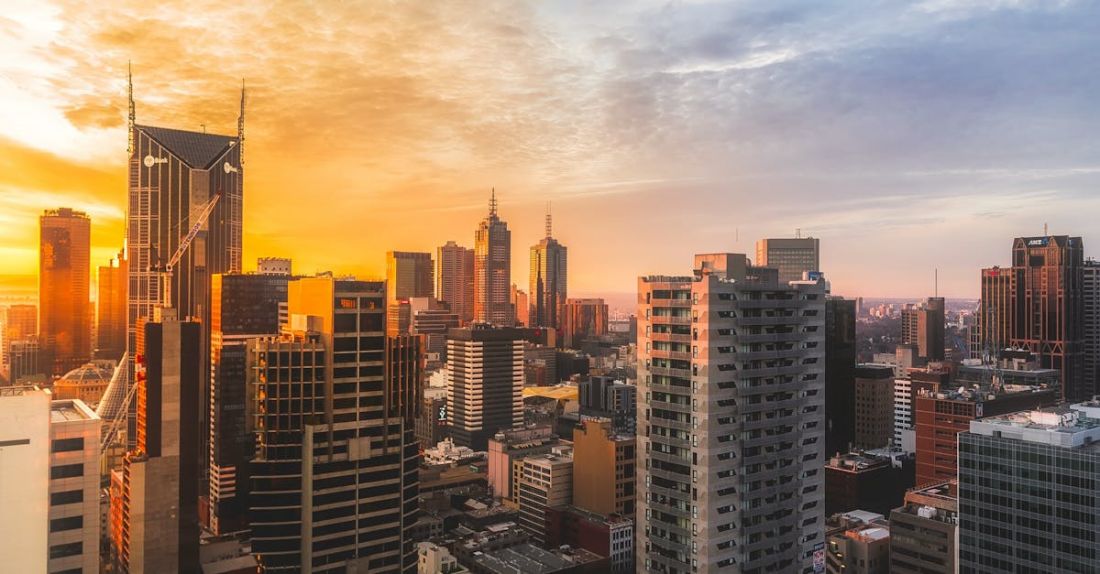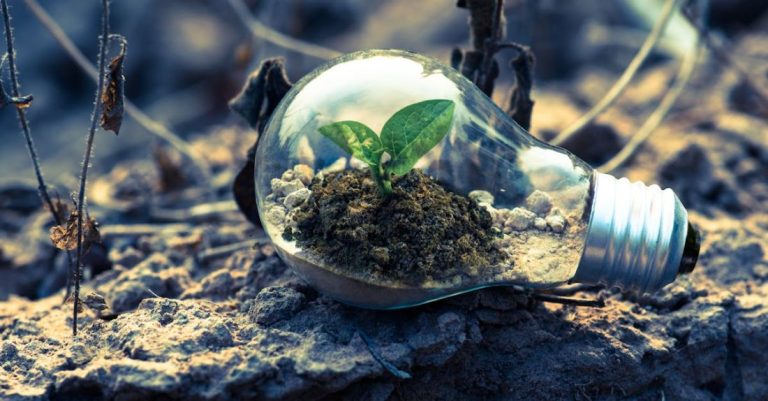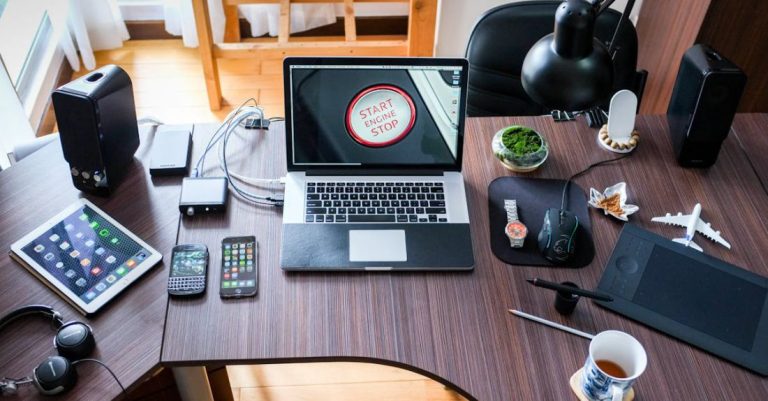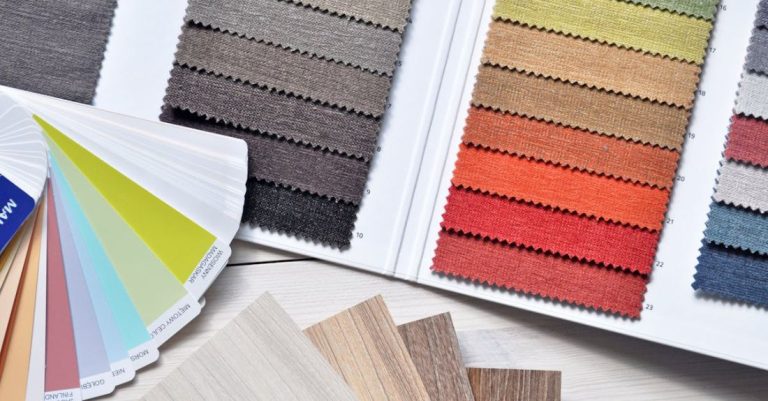
Designing a Sustainable Green Building
Sustainability has become a top priority in the construction industry, with green buildings leading the way towards a more environmentally friendly future. Green buildings are designed to minimize their impact on the environment while maximizing energy efficiency and occupant comfort. If you are considering designing a sustainable green building, here are some key factors to consider.
Creating a Green Building Vision
Before starting the design process, it is crucial to establish a clear vision for your green building project. Consider the overall goals and objectives you want to achieve with the building, such as reducing energy consumption, conserving water, or promoting a healthier indoor environment. By defining your vision early on, you can ensure that all design decisions align with your sustainability goals.
Site Selection and Planning
Selecting the right site for your green building is essential to maximize its environmental performance. Look for sites that are close to public transportation, have access to natural light, and are situated in areas with minimal environmental impact. Additionally, consider the orientation of the building to take advantage of natural ventilation and sunlight, which can help reduce the building’s energy consumption.
Energy-Efficient Design
One of the key principles of green building design is energy efficiency. Incorporating energy-efficient features such as high-performance insulation, LED lighting, and energy-efficient HVAC systems can significantly reduce the building’s energy consumption and operational costs. Consider using renewable energy sources such as solar panels or wind turbines to further enhance the building’s sustainability.
Water Conservation
Water conservation is another critical aspect of green building design. Implementing water-saving fixtures, rainwater harvesting systems, and low-flow plumbing fixtures can help reduce water usage and minimize the building’s impact on the local water supply. Additionally, consider using native landscaping and drought-resistant plants to minimize the need for irrigation.
Materials Selection
Selecting sustainable materials is essential to reduce the environmental impact of your green building project. Look for materials that are locally sourced, recycled, or have a low carbon footprint. Avoid using materials that contain harmful chemicals or contribute to deforestation. Consider using sustainable alternatives such as bamboo flooring, recycled glass countertops, or reclaimed wood.
Indoor Environmental Quality
Creating a healthy indoor environment is crucial for the well-being of building occupants. Incorporate features such as natural ventilation, daylighting, and low-emission materials to improve indoor air quality and occupant comfort. Consider installing green walls, living roofs, or indoor plants to enhance the indoor environment and promote a connection to nature.
Waste Management
Implementing a comprehensive waste management plan is essential to minimize the amount of waste generated during the construction and operation of the building. Consider recycling construction waste, using salvaged materials, and implementing a composting program to reduce the building’s overall environmental footprint. Additionally, consider incorporating recycling stations and waste reduction initiatives to encourage sustainable practices among building occupants.
Monitoring and Maintenance
Once your green building is complete, it is essential to implement a monitoring and maintenance plan to ensure that it continues to operate efficiently and sustainably. Regularly monitor energy and water usage, conduct regular maintenance checks, and engage building occupants in sustainability initiatives. By staying proactive in monitoring and maintaining your green building, you can ensure that it continues to meet its sustainability goals for years to come.
In conclusion,
Designing a sustainable green building requires careful planning, attention to detail, and a commitment to environmental stewardship. By incorporating energy-efficient design, water conservation strategies, sustainable materials, and indoor environmental quality features, you can create a green building that not only reduces its impact on the environment but also provides a healthier and more sustainable space for occupants. Remember to establish a clear vision, select the right site, and implement a comprehensive monitoring and maintenance plan to ensure the long-term sustainability of your green building project.





